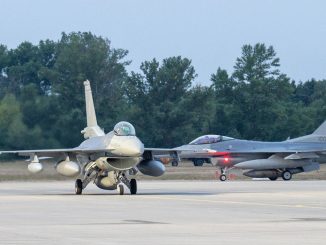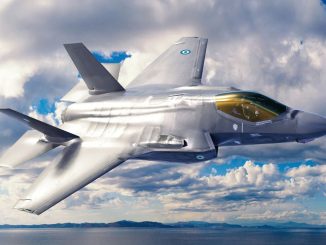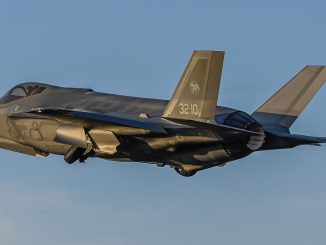
The first Japanese stealth jet made its maiden flight.
The first prototype of the indigenous stealth war plane that Japan Air Self-Defense Force will operate in the air defense role, replacing the ageing Mitsubishi F-2, made its first flight on Apr. 22 from Nagoya Aerospace Systems Works airport, part of Mitsubishi Heavy Industries facilities.
Previously designated Advanced Technology Demonstrator-X (ATD-X), the X-2, serialled 51-0001, is developed by the Japanese Ministry of Defense Technical Research and Development Institute (TRDI), the agency that has been working on the “Shinshin” (“spirit of the heart,” an early codename within the Japan Self Defense Force) for research purposes for more than a decade.
For the moment, it is painted in the red and white colors of Japan (to be probably replaced by a far more advanced grey RAM – radar absorbing material – coating), features canted vertical tails (with a steeper angle than the F-15 Silent Eagle), a bubble canopy that is meant to provide the pilot with a good frontal visibility, and twin-engine design with the thrust vectoring paddles on the exhausts (reminding what seen on the NASA X-31 and F-18 HARV) to increase the aircraft maneuverability (do you remember the F-22 Raptor?).
Image credit: Japan MoD










